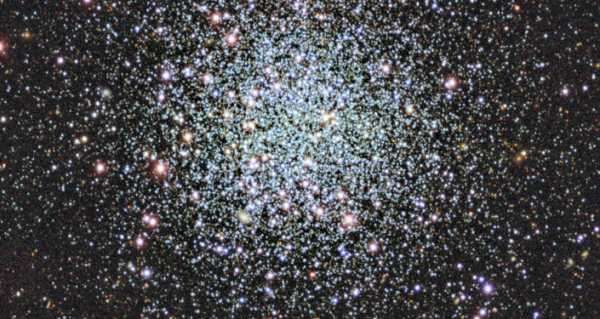
Globular clusters, that can lead to the creation of the so-called stellar streams phenomenon, are home to hundreds of thousands of stars bound together by forces of gravity. There are more than a hundred of these objects in the Milky Way, and scientists believed most of them were similar when it came to their stellar chemistry – until now.
An unusual flow of stars, known as the “Phoenix stream” was discovered by researchers from the Southern Stellar Stream Spectroscopic Survey Collaboration, suggesting that this mysterious stellar collection represents the debris of an ancient globular cluster, and is “the last of its kind”, according to the study published in Nature.
The stream, which takes its name after Phoenix constellation, where it is visible, does not obey a so-called “metallicity floor” chemical threshold of metal abundance, the scientists have found. All globular clusters in the Milky Way, as there are around 150 of them, are believed to share some kind of chemical consistency, but the Phoenix stream, which actually emerged from one of them, is believed to be quite different, as it shows abundance with less heavy elements than expected by astronomers.
“Its existence implies that globular clusters below the metallicity floor have probably existed, but were destroyed during Galactic evolution”, they argued.
The team later clarified that this type of globular cluster “shouldn’t have existed” by our contemporary understanding. Or simply that the Phoenix stream is “the remnant of a population of globular clusters that was born in radically different environments to those we see today”, according to Ting Li, one of the study’s authors from Carnegie Observatories in Pasadena.
But if the Phoenix stream is indeed an unusual remnant of a cluster from the early years of our Universe, does it mean that it is a solar survivor from that period or are others still flying somewhere out there in the skies, waiting to be detected?
Sourse: sputniknews.com






